When Female Athletes Retire, What Happens Next? Shawn Johnson East, Coach Niele Ivey & More Talk Challenges Women Face
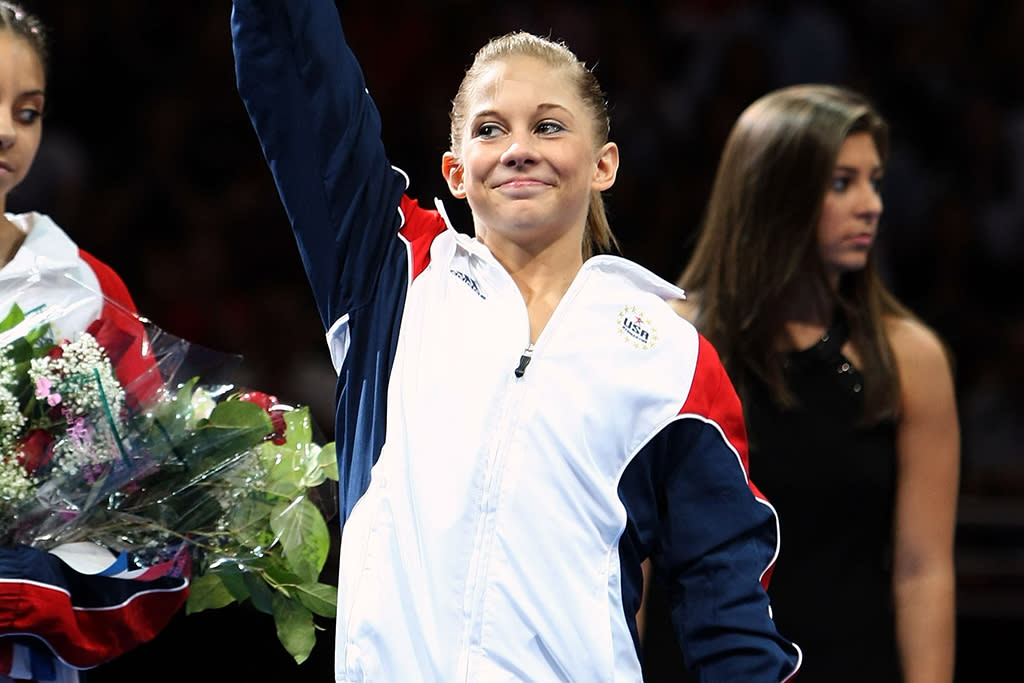
When Shawn Johnson East officially retired from gymnastics in 2012 at the age of 20, there wasn’t a game plan for the next chapter of her life.
“In any elite Olympic sport, you’re committing all of your life to that and you don’t have time to set up your plan B,” said Johnson East, who became a gold medalist at 16. “People think that going to the Olympics sets you up for life when it really doesn’t. It’s just a very cool award. [When I retired], it was truly a ‘thank you for your service and good luck with your next venture.’”
More from Footwear News
Nike Footwear Will Reenter DSW Stores After Exiting the Retailer in 2022
The Nike Phantom Luna Football Boot Is Made by Women Athletes, for Women Athletes
For many professional athletes, transitioning out of their sport is extremely difficult — mentally, physically and financially.
“I didn’t know how to function as a human being [after retirement],” Johnson East continued. “I didn’t know how to eat. I didn’t know how to set an alarm because I didn’t know what time to wake up. And I didn’t have a coach directing every choice I made. It was a really eye-opening experience, especially being so young.”
She’s not alone in those challenges. Having to find a second successful profession has proven difficult for many female athletes after leaving competition.
“So many of my male peers in running got to go on to work in sports marketing or at [a brand], and all those rooms are full of men,” Lauren Fleshman, former professional runner and elite college athlete winning multiple national titles at Stanford University, told FN at the ESPNW Summit in New York last month. “I just made my own spaces because I didn’t feel encouraged by what was available. And I don’t think that has changed.”
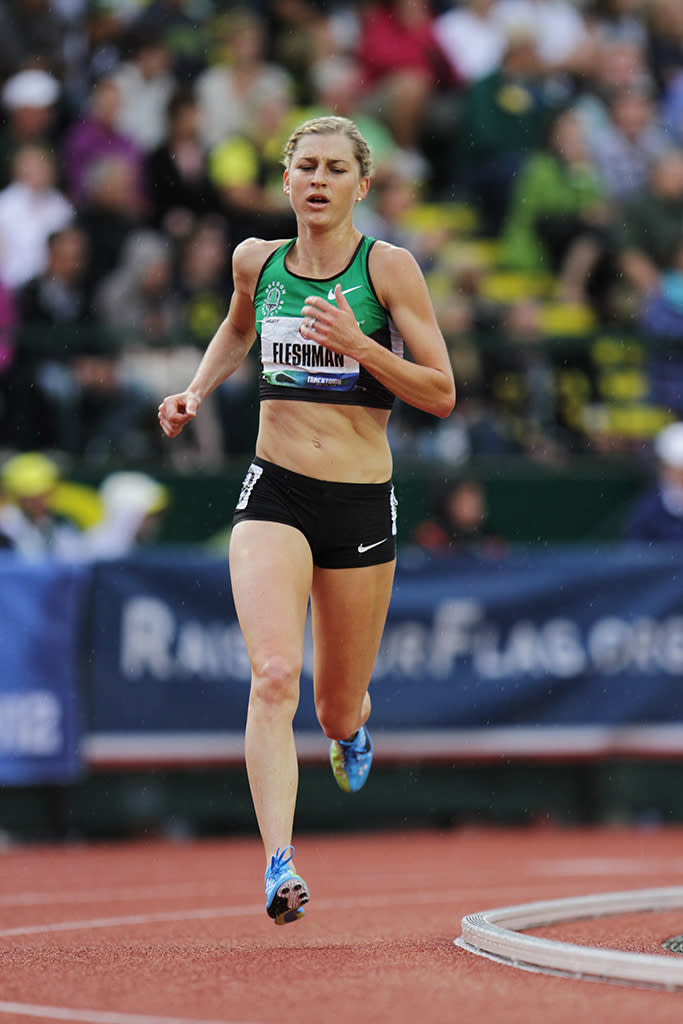
In 2013, Fleshman became the first coach of Littlewing Athletics, an all-women professional running team sponsored by Oiselle, based in Bend, Ore. And others are creating their own opportunities as well.
Johnson East, for instance, has become a best-selling author, YouTuber and content creator. She also serves as a brand ambassador for Dick’s Sporting Goods’ Calia fitness brand. “I loved gymnastics, but it was only part of who I was,” she said. “[Since then], I made it my mission to rebuild a brand that didn’t have to do with gymnastics and had do with everything else that pertains to my life.”
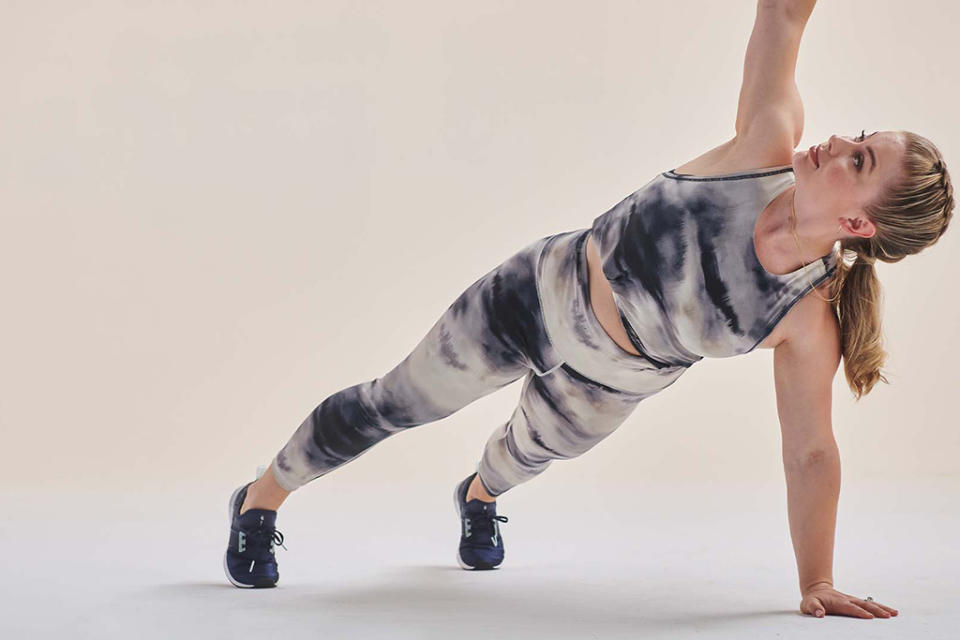
Former Olympic runner Allyson Felix, who announced her retirement last year, launched her footwear brand Saysh to help rewrite some of the rules of the male- dominated athletic footwear world.
“[Having] more founders of color, more women founders — it’s so important to see that in action and to have people at the table who not only are there but who have a voice… That’s a great place to start — and giving more people opportunities. I want [Saysh] to be a place where women and women of color can grow their careers,” she explained.
But experts argue it’s not enough to rely on the marginalized to solve the problem.
Niele Ivey, head coach for the Notre Dame Women’s Basketball team and former Memphis Grizzlies assistant coach, said it starts from the top. “It [takes] the decision-makers and the ones they’re actually hiring to realize that more diversity is better,” she said.
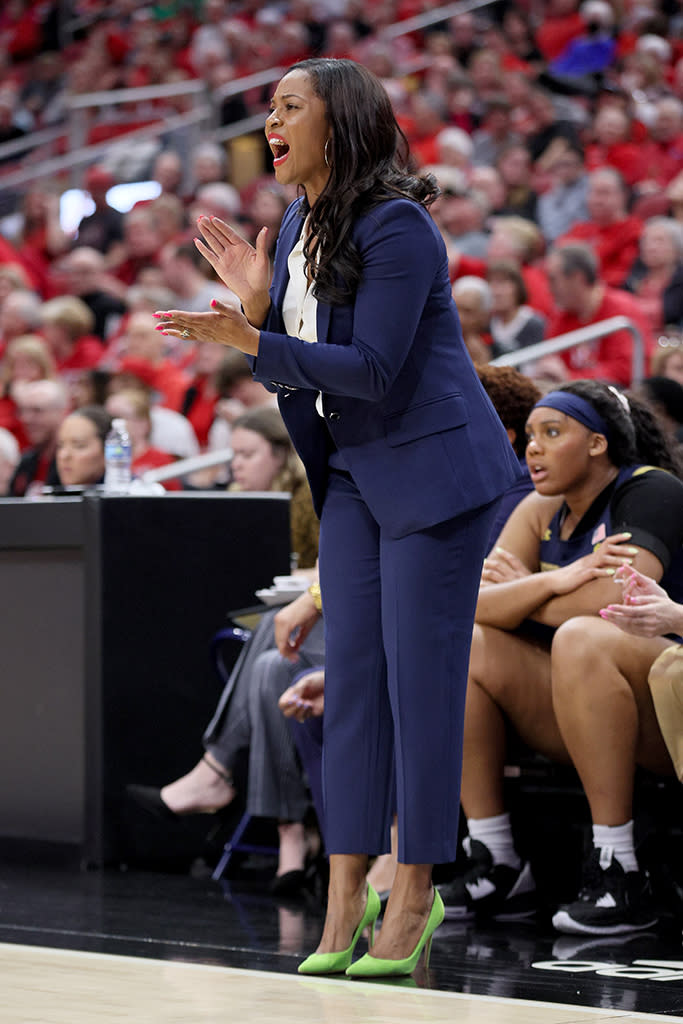
Ivey is a rarity in the world of basketball. The former All-American point guard and WNBA veteran was just the ninth active female coach in the NBA for the 2019-20 season. And she’s now Notre Dame’s first Black woman head coach and the first Black female head coach to win an ACC championship.
While Ivey represents progress, women coaching women at the collegiate level has declined from more than 90% in 1974 to a near-all- time low today of 40%, according to the Tucker Center for Research.
Fleshman spelled out some of the specific barriers for female athletes seeking a secondary career in sports. “You have to not only be willing to be in a male-dominated space but to have every little thing you do scrutinized,” she said. “That makes the number of women who want that job even smaller.”
For Ivey, being present helps her shut out the outside noise. “I try just keeping my mind where it needs to be, which is the team, working on me and being a mentor,” she said.
Outside of the sports leagues, brands and companies are stepping up to offer support. Nike, for example, launched the Women in Nike Program (WIN) five years ago, a 24-month program designed to provide work experience for retired and retiring WNBA players, though it has since expanded the program to include track-and-field athletes.
From an employment perspective, Nike has hired a total of 57 women working in Consumer Creation, Brand, Innovation, Technology, Jordan and Converse.
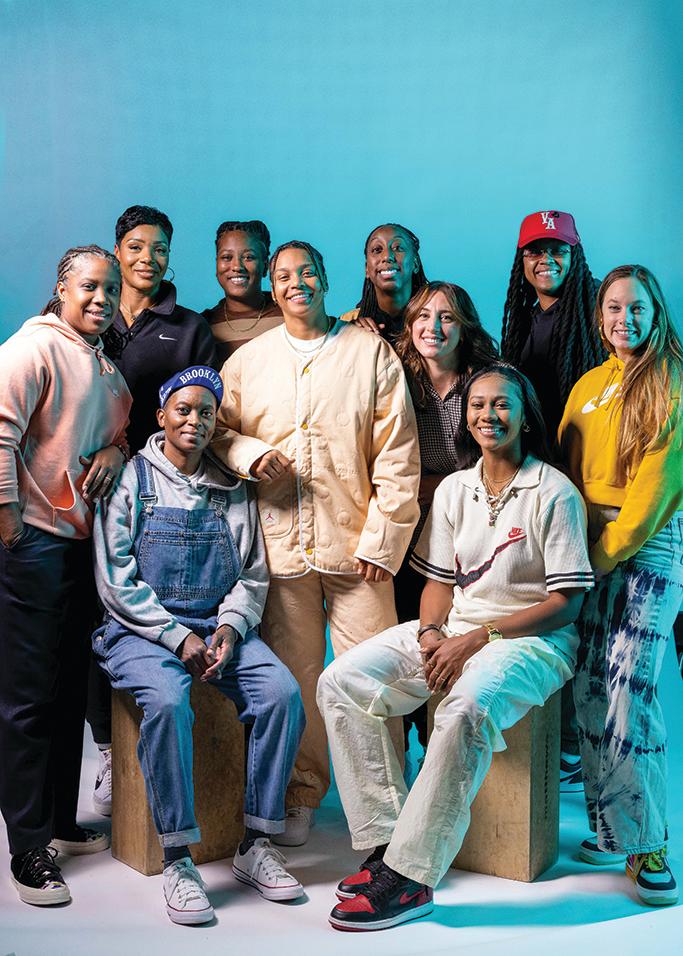
“The need was very clear from the players. Transitioning after a professional career as an athlete into business is challenging,” said Clare Hamill, VP of innovation integration at Nike. “We have seen very high retention and the women making a huge impact at Nike.”
Best of Footwear News
With Minimum Wage on the Rise, These Are Some of the Highest Paid Retail Jobs
What Is Nike's Return Policy? Before You Shop at Nike, Know These Hacks
Sign up for FN's Newsletter. For the latest news, follow us on Facebook, Twitter, and Instagram.


